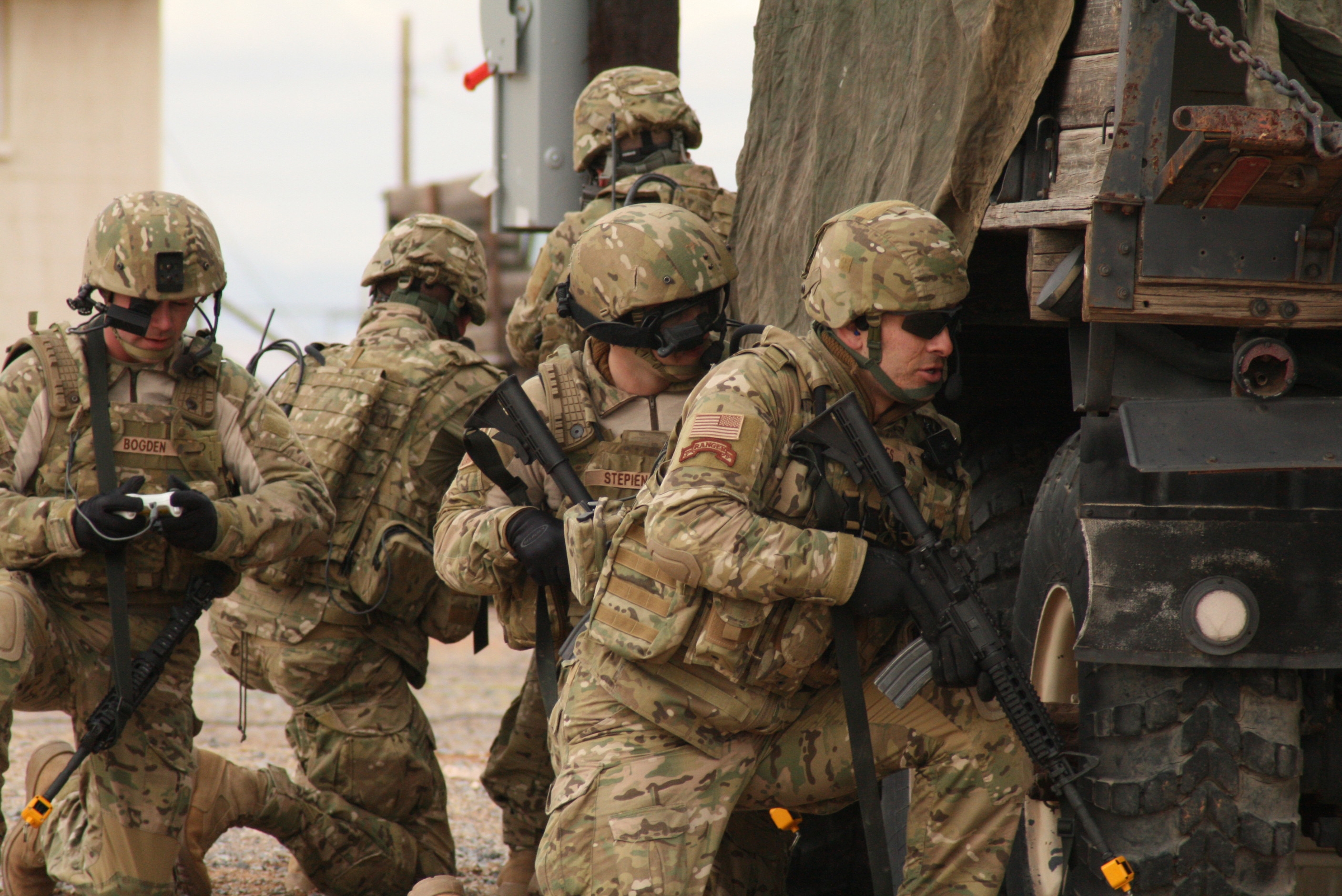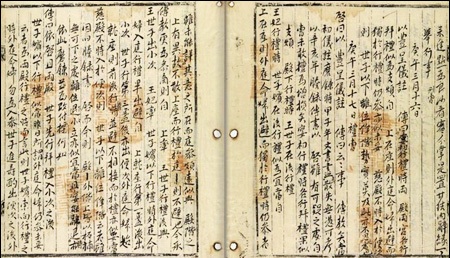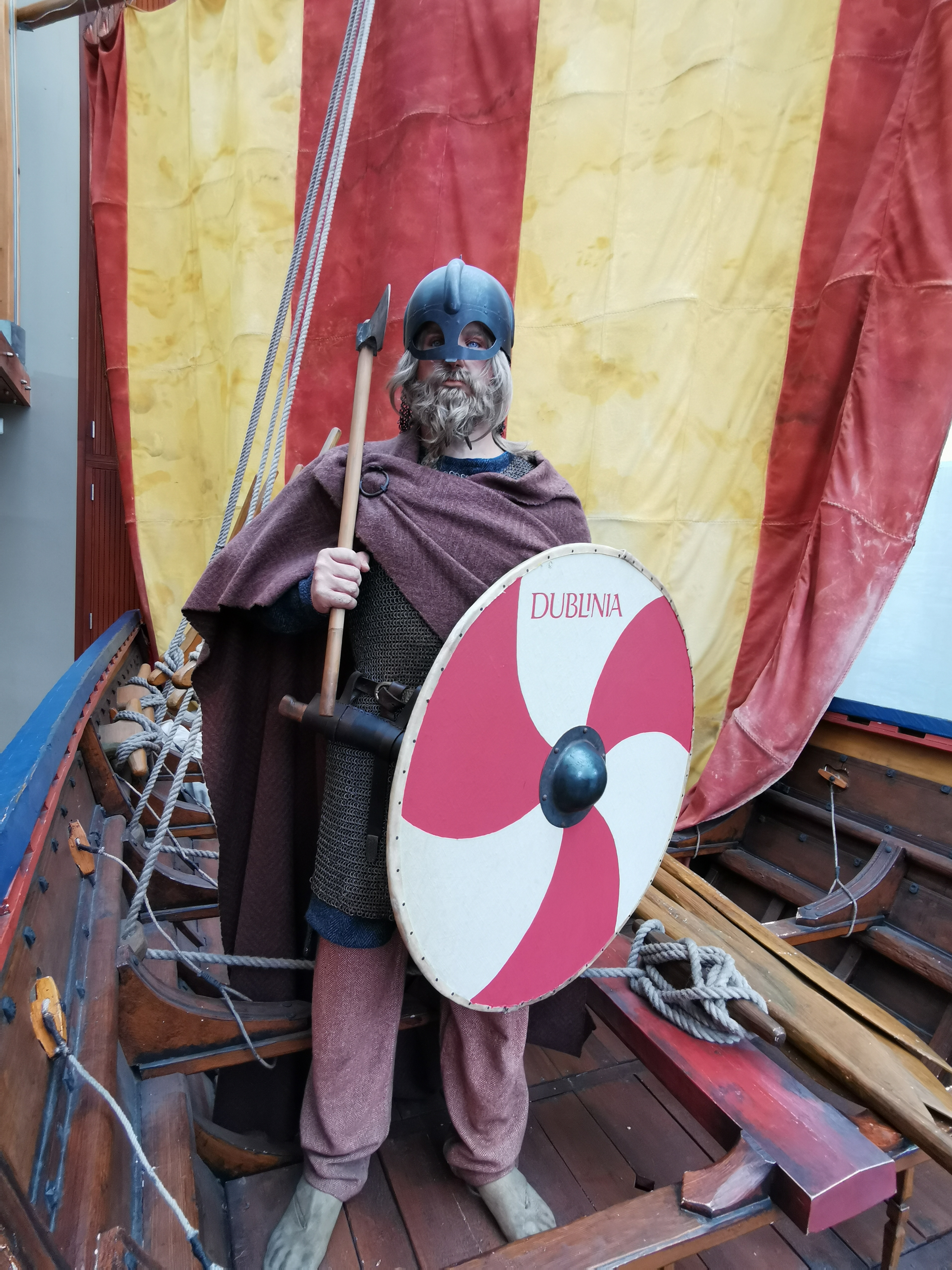|
Bulletproof Vest
A bulletproof vest, also known as a ballistic vest or bullet-resistant vest, is a type of body armor designed to absorb impact and prevent the penetration of firearm projectiles and explosion fragments to the torso. The vest can be either soft—as worn by police officers, security personnel, prison guards, and occasionally private citizens to protect against stabbing attacks or light projectiles—or hard, incorporating metallic or para-aramid components. Soldiers and police tactical units typically wear hard armour, either alone or combined with soft armour, to protect against rifle ammunition or fragmentation. Additional protection includes trauma plates for blunt force and ceramic inserts for high-caliber rounds. Bulletproof vests have evolved over centuries, from early designs like those made for knights and military leaders to modern-day versions. Early ballistic protection used materials like cotton and silk, while contemporary vests employ advanced fibers and cera ... [...More Info...] [...Related Items...] OR: [Wikipedia] [Google] [Baidu] |
MultiCam IOTV
MultiCam is a Military camouflage, camouflage pattern designed for use in a wide range of environments and conditions which was developed and is produced by American company Crye Precision. The pattern has found extensive adoption globally. Variants of it, some unlicensed, are in use with militaries worldwide, particularly with special forces/special operations forces units. The pattern is also available for purchase for civilian usage. Derived from the original standard pattern, additional specified variants were developed and later introduced in late 2013, those are "Aridity, Arid", "Tropics, Tropic", "Alpine tundra, Alpine" and "Black". History First unveiled and designed in 2002, MultiCam was designed for the use of the United States Army, U.S. Army in varied environments, seasons, elevations, and light conditions. It is a seven-color, multi-environment camouflage pattern developed by Crye Precision in conjunction with United States Army Soldier Systems Center. The patter ... [...More Info...] [...Related Items...] OR: [Wikipedia] [Google] [Baidu] |
Greenwich Armour
Greenwich armour is the plate armour in a distinctively English style produced by the Royal Almain rivet, Almain Armoury founded by Henry VIII in 1511 in Greenwich near London, which continued until the English Civil War. The armoury was formed by imported master armourers hired by Henry VIII, initially including some from Italy and Flanders, as well as the Germans who dominated during most of the 16th century. The most notable head armourer of the Greenwich workshop was Jacob Halder, who was master workman of the armoury from 1576 to 1607. This was the peak period of the armoury's production and it coincided with the elaborately gilding, gilded and sometimes coloured decorated styles of late Tudor period, Tudor England. As the use of full plate in actual combat had declined by the late 16th century, the Greenwich armours were primarily created not for battle but for the Tournament (medieval), tournament. Jousting was a favourite pastime of Henry VIII (at dire cost to his health), ... [...More Info...] [...Related Items...] OR: [Wikipedia] [Google] [Baidu] |
Heungseon Daewongun
Heungseon Daewongun (; 24 January 1821 – 22 February 1898) was the title of Yi Ha-eung, the regent of Joseon during the minority of Emperor Gojong in the 1860s. Until his death, he was a key political figure of late Joseon Korea. He was also called the Daewongun (, sometimes translated as "regent"), Guktaegong, or later Internal King Heonui, and also known to contemporary western diplomats as Prince Gung. ''Daewongun'' literally translates as "prince of the great court", a title customarily granted to the father of the reigning monarch when that father did not reign himself (usually because his son had been adopted as heir of a relative who did reign). While there had been three other Daewonguns during the Joseon dynasty, none were as dominant as Yi Ha-Eung, so the term Daewongun usually refers specifically to him. Joseon was going through changes in many aspects during this period, but was for the most part unable to keep up with the rapidly changing situation the country foun ... [...More Info...] [...Related Items...] OR: [Wikipedia] [Google] [Baidu] |
French Expedition To Korea
The French Intervention to Korea (, ) was an 1866 punitive expedition undertaken by the Second French Empire against Joseon Korea in retaliation for the execution of seven French Catholic missionaries. The encounter over Ganghwa Island lasted nearly six weeks. The result was an eventual French retreat, and a check on French influence in the region. The encounter also confirmed Korea in its isolationism for another decade, until Japan forced it to open up to trade in 1876 through the Treaty of Ganghwa. In contemporary South Korea it is known as the ''Byeongin yangyo'', or "Western disturbance of the ''byeongin'' year". Background Throughout the history of the Joseon dynasty, Korea maintained a policy of strict isolationism from the outside world (with the exceptions being interaction with the Qing dynasty and occasional trading with Japan through the island of Tsushima). However, it did not entirely succeed in sealing itself off from foreign contact, and Catholic missionarie ... [...More Info...] [...Related Items...] OR: [Wikipedia] [Google] [Baidu] |
Joseon
Joseon ( ; ; also romanized as ''Chosun''), officially Great Joseon (), was a dynastic kingdom of Korea that existed for 505 years. It was founded by Taejo of Joseon in July 1392 and replaced by the Korean Empire in October 1897. The kingdom was founded following the aftermath of the overthrow of Goryeo in what is today the city of Kaesong. Early on, Korea was retitled and the capital was relocated to modern-day Seoul. The kingdom's northernmost borders were expanded to the natural boundaries at the rivers of Yalu River, Amnok and Tumen River, Tuman through the subjugation of the Jurchen people, Jurchens. During its 500-year duration, Joseon encouraged the entrenchment of Korean Confucianism, Confucian ideals and doctrines in Korean society. Neo-Confucianism was installed as the new state's ideology. Korean Buddhism, Buddhism was accordingly discouraged, and occasionally Buddhists faced persecution. Joseon consolidated its effective rule over the Korean peninsula and saw the he ... [...More Info...] [...Related Items...] OR: [Wikipedia] [Google] [Baidu] |
Myeonje Baegab
Myeonje baegap (면제배갑, 綿製背甲) was a soft bulletproof vest invented during the Joseon in 1867. It was invented following the 1866 military French expedition to Korea and used in battle during the United States expedition to Korea in 1871. It was made of between 13 and 30 folds of cotton fabric and covered the upper torso. Background During the French Campaign against Korea, the Joseon military, at the time using matchlocks, experienced the superiority of Western rifles. As a result, regent Heungseon Daewongun ordered the development of bulletproof armor. The vests were distributed to soldiers after its creation, and were used in battles fought on Ganghwa Island against United States Navy The United States Navy (USN) is the naval warfare, maritime military branch, service branch of the United States Department of Defense. It is the world's most powerful navy with the largest Displacement (ship), displacement, at 4.5 millio ... and Marine forces during ... [...More Info...] [...Related Items...] OR: [Wikipedia] [Google] [Baidu] |
The Cork Examiner
The ''Irish Examiner'', formerly ''The Cork Examiner'' and then ''The Examiner'', is an Irish national daily newspaper which primarily circulates in the Munster region surrounding its base in Cork, though it is available throughout the country. History 19th and early 20th centuries The paper was founded by John Francis Maguire under the title ''The Cork Examiner'' in 1841 in support of the Catholic Emancipation and tenant rights work of Daniel O'Connell. Historical copies of ''The Cork Examiner'', dating back to 1841, are available to search and view in digitised form at the Irish Newspaper Archives website and British Newspaper Archive. During the Irish War of Independence and Irish Civil War, the ''Cork Examiner'' (along with other nationalist newspapers) was subject to censorship and suppression. At the time of the Spanish Civil War, the ''Cork Examiner'' reportedly took a strongly pro- Franco tone in its coverage of the conflict. As of the early to mid-20th century, th ... [...More Info...] [...Related Items...] OR: [Wikipedia] [Google] [Baidu] |
Dublin
Dublin is the capital and largest city of Republic of Ireland, Ireland. Situated on Dublin Bay at the mouth of the River Liffey, it is in the Provinces of Ireland, province of Leinster, and is bordered on the south by the Dublin Mountains, part of the Wicklow Mountains range. Dublin is the largest city by population on the island of Ireland; at the 2022 census of Ireland, 2022 census, the city council area had a population of 592,713, while the city including suburbs had a population of 1,263,219, County Dublin had a population of 1,501,500. Various definitions of a metropolitan Greater Dublin Area exist. A settlement was established in the area by the Gaels during or before the 7th century, followed by the Vikings. As the Kingdom of Dublin grew, it became Ireland's principal settlement by the 12th century Anglo-Norman invasion of Ireland. The city expanded rapidly from the 17th century and was briefly the second largest in the British Empire and sixth largest in Western Europ ... [...More Info...] [...Related Items...] OR: [Wikipedia] [Google] [Baidu] |
Cuirass
A cuirass ( ; ; ) is a piece of armour that covers the torso, formed of one or more pieces of metal or other rigid material. The term probably originates from the original material, leather, from the Old French word and the Latin word . The use of the term ''cuirass'' generally refers to both the breastplate and the backplate pieces; whereas a breastplate protects only the front, a cuirass protects both the front and the back of the wearer. Description In Hellenistic Greece, Hellenistic and ancient Rome, Roman times, the musculature of the male torso was idealized in the form of the muscle cuirass or "heroic cuirass" (in French the ''cuirasse esthétique'') sometimes further embellished with symbolic representation in relief, familiar in the Augustus of Prima Porta and other heroic representations in official Roman sculpture. As parts of the actual military equipment of classical antiquity, cuirasses and corsets of bronze, iron, or some other rigid substance were used. Seconda ... [...More Info...] [...Related Items...] OR: [Wikipedia] [Google] [Baidu] |
Lobster-tailed Pot Helmet
Lobster-tailed pot helmet, also known as the zischägge, horseman's pot and harquebusier's pot, was a type of combat helmet. It was derived from an Ottoman Turkish helmet type. From c. 1600, it became popular in most of Europe and was especially worn by cavalrymen and officers. The helmet gradually fell out of use in most of Europe in the late 17th century; however, the Austrian heavy cavalry retained it for some campaigns as late as the 1780s. Origin The lobster-tailed pot helmet had an oriental origin, being derived from the Ottoman Turkish çiçak helmet (pronounced 'chichak', in Turkish – ''çiçek'' - meaning 'flower' which is attributed to the shape of the helmet's skull), which developed in the 16th century. It was adopted by the Christian states of Europe in the early 17th century. The chichak was almost identical to the later European helmets – it had a forward projecting peak, sliding bar nasal, cheekpieces and neck guard; only its tendency to have a conical rath ... [...More Info...] [...Related Items...] OR: [Wikipedia] [Google] [Baidu] |
Ironside (cavalry)
The Ironsides were troopers in the Parliamentary cavalry trained by English political and military leader Oliver Cromwell in the 17th century, during the English Civil War. The name came from "Old Ironsides," one of Cromwell's nicknames. It was after the battle of Marston Moor on 2 July 1644 that Prince Rupert of the Rhine, the commander of the Royalist Army, "first gave the nickname to his enemy of 'Old Ironsides' because his ranks were so impenetrable--the name originated with the man and passed on to his regiment" (Fraser, p. 132). The model regiment Cromwell first mustered a troop of cavalry (then referred to as "horse") at Huntingdon in Huntingdonshire, on 29 August 1642, early in the Civil War. John Desborough was quartermaster. The troop was late in being organised, and arrived too late to participate in the Battle of Edgehill, the first pitched battle of the war. Cromwell however did witness the defeat of the Parliamentarian horse at the battle and wrote to fellow Parl ... [...More Info...] [...Related Items...] OR: [Wikipedia] [Google] [Baidu] |








